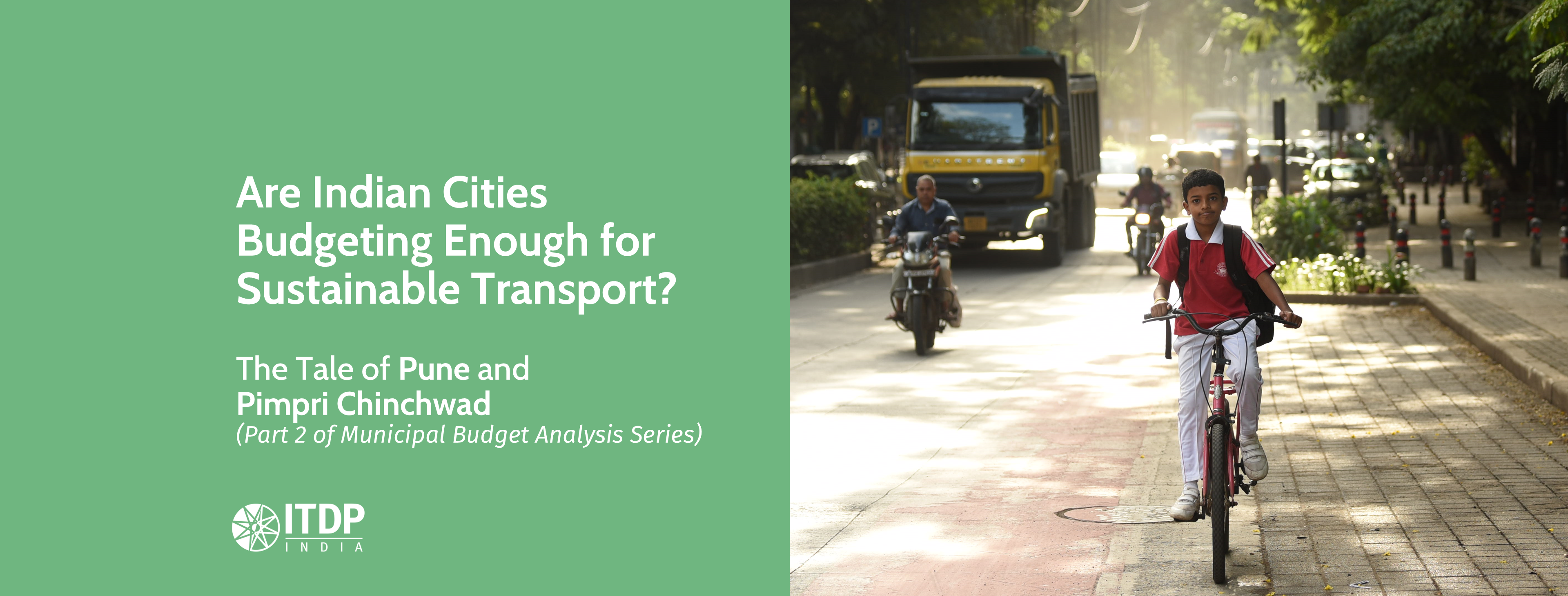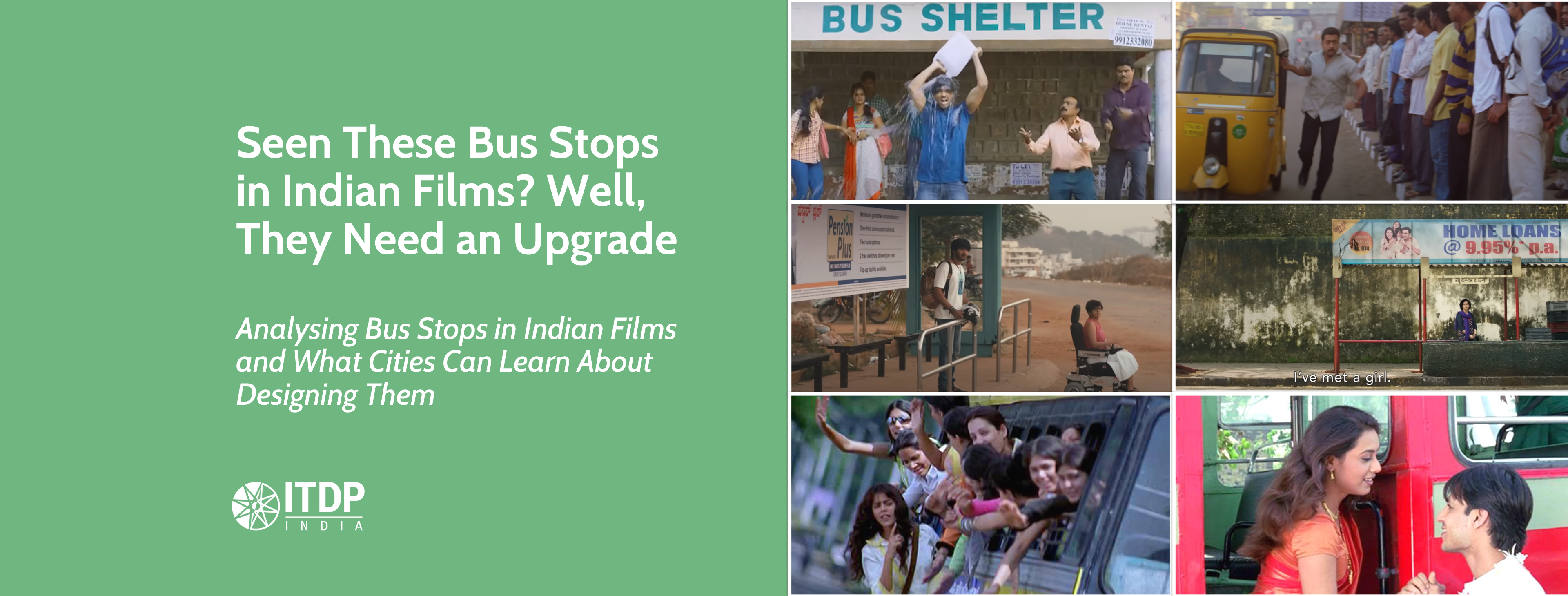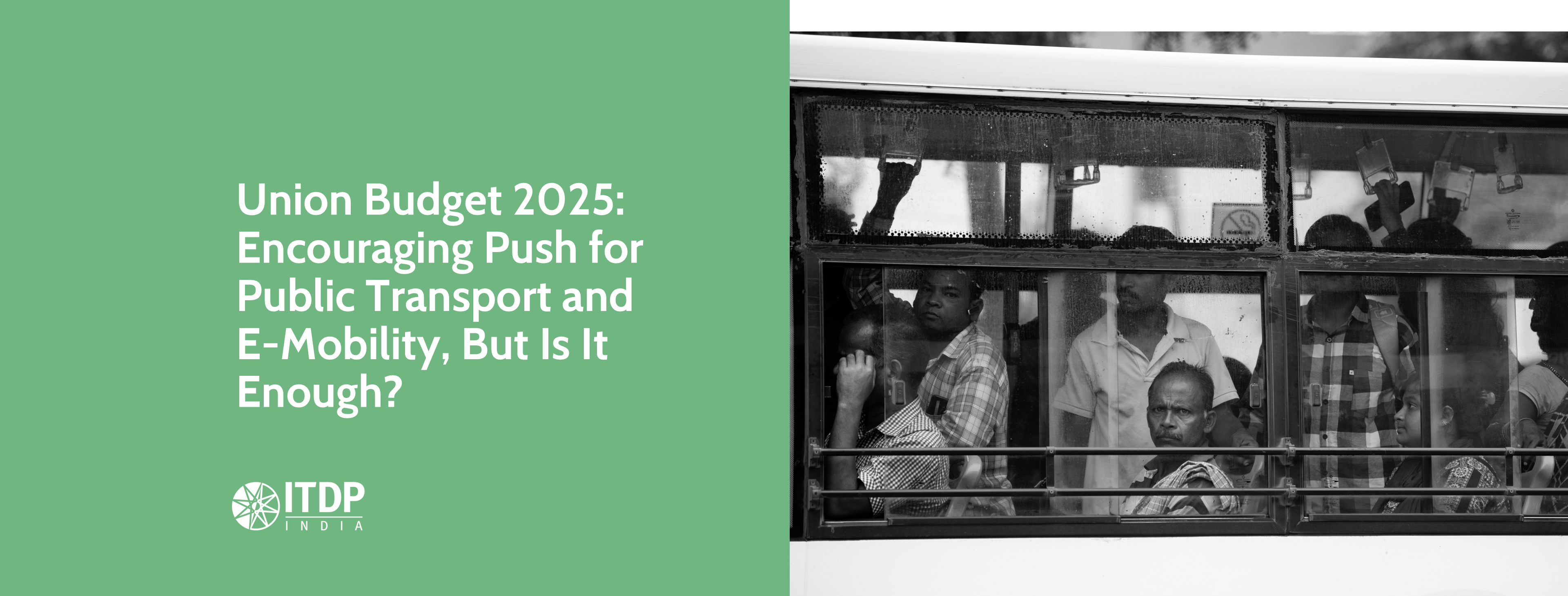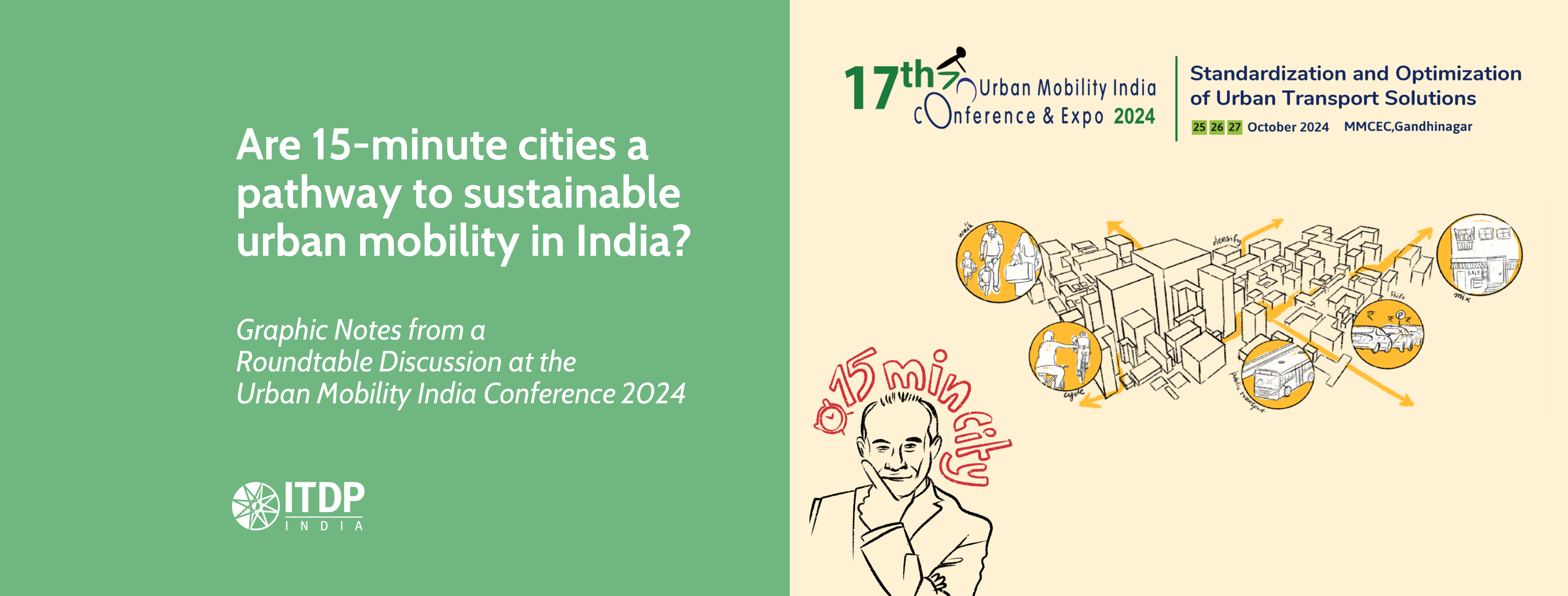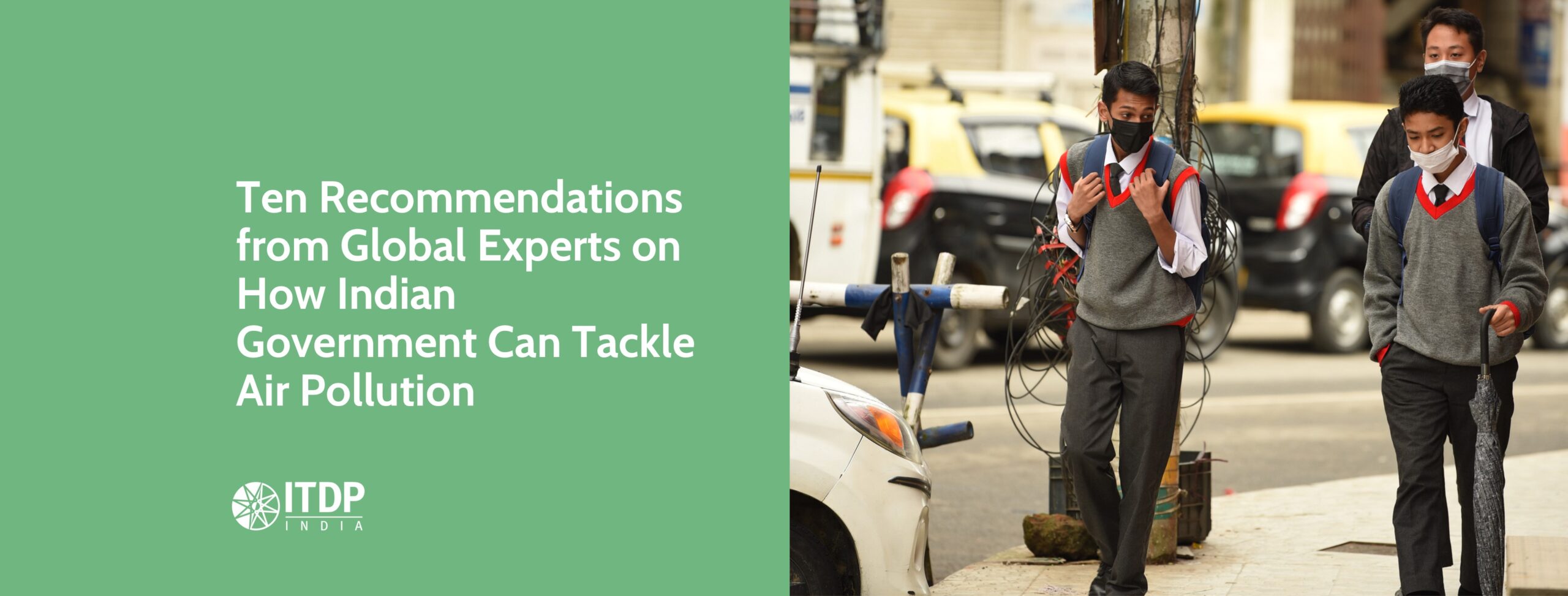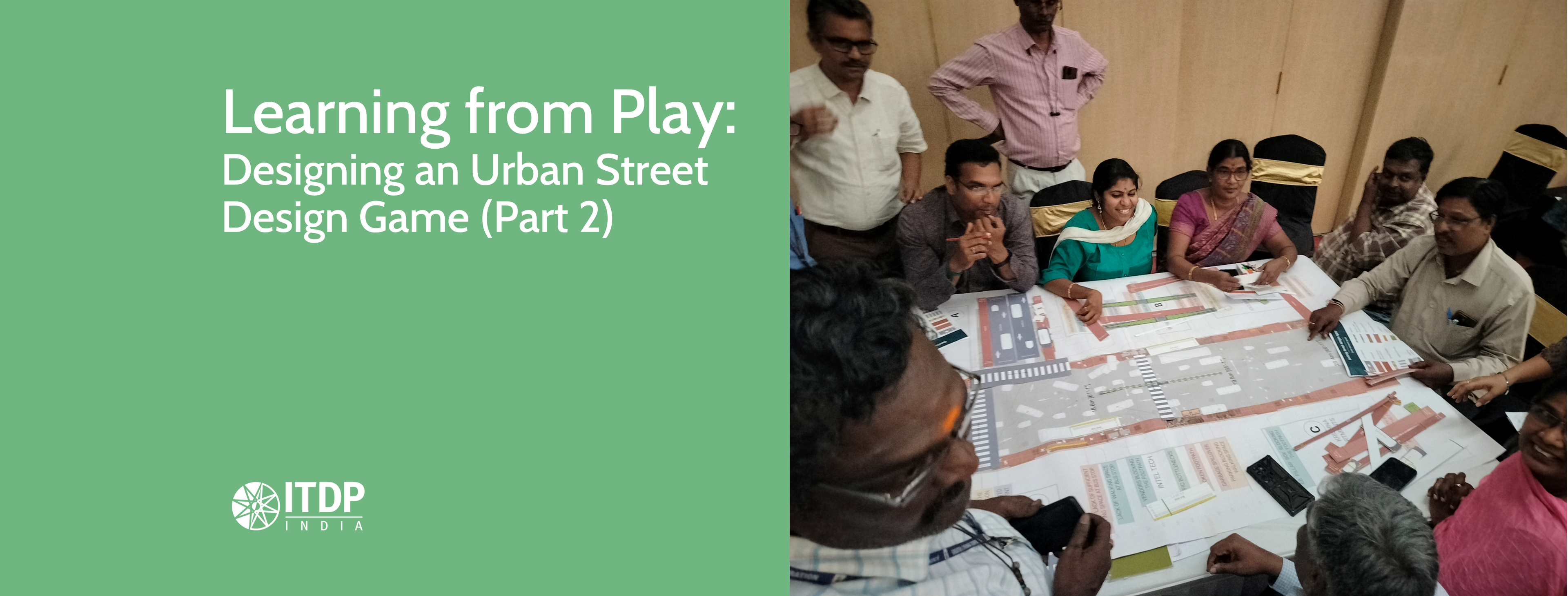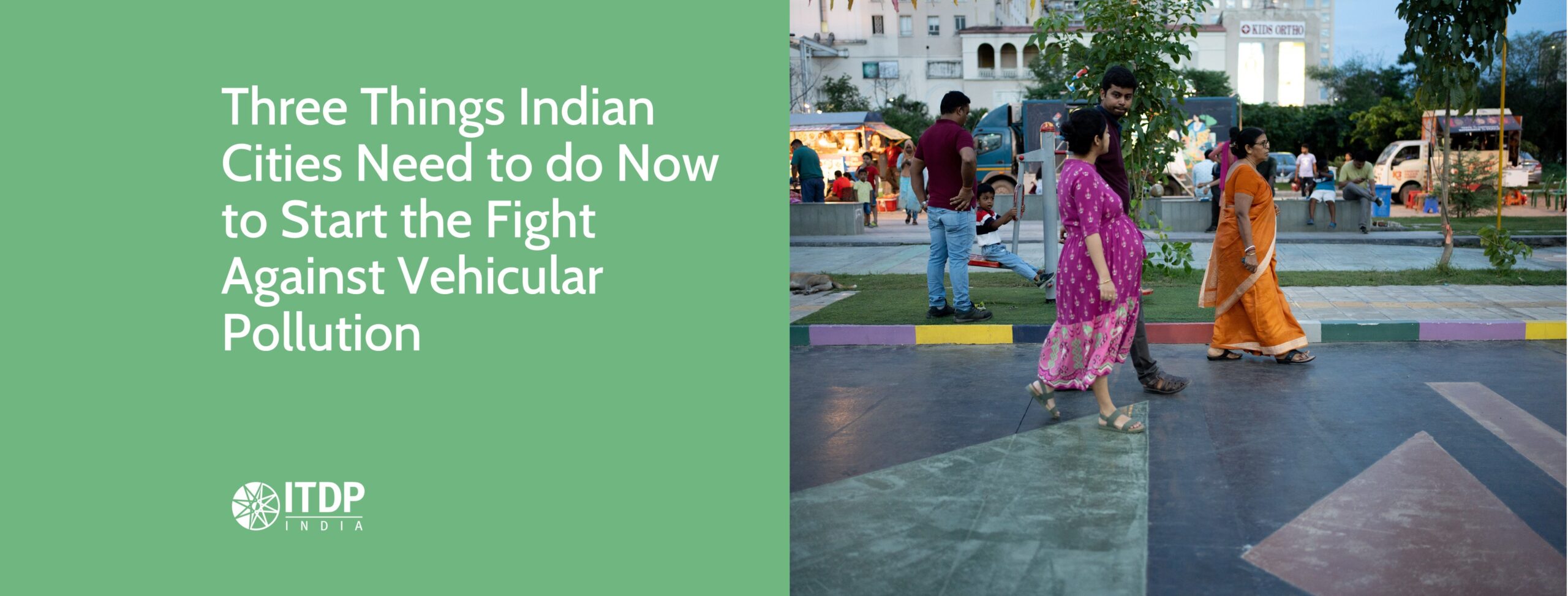(Part 2 of Municipal Budget Analysis Series)
As cities across India gear up to draft their 2025-26 municipal budgets, the question looms: How well are they prioritising sustainable transport this time around? A good way to determine this is by analysing the municipal budget documents published yearly. This is an important exercise, after all, budgets don’t just outline the finances of the city but also reflect their vision.
In this context, we delve into the findings from a municipal budget analysis of Pimpri Chinchwad Municipal Corporation (PCMC) and Pune Municipal Corporation (PMC). While our previous blog focused on PCMC, this one also highlights Pune, posing a key question: How do these twin conjoined cities which share mobility services like the metro, Pune Mahanagar Parivahan Mahamandal Ltd (PMPML) bus system, and interconnect streets, allocate municipal budget to sustainable transport initiatives?
Budgetary Overview of Pune and Pimpri Chinchwad: Neighbouring Cities with Divergent Approaches
To understand how Pune and PCMC prioritise sustainable transport, it is essential to consider their population, size, and 2024-25 budget allocations.
Pune, a tier-1 city with 44 lakh Population (Projected for 2024) and 518 sq. km of area, contrasts with Pimpri Chinchwad, a tier-2 city with a population of 25 lakh (Projected for 2024) and one-third the size of Pune. The table below highlights their budget allocations.
Key Highlights from Pune and Pimpri Chinchwad’s Budgets (2024-25)
The team meticulously examined the city’s annual budgets for the past three years, scrutinising each line item related to transport and categorising them into ‘sustainable and non-sustainable modes’ of transport. Sustainable modes include projects that encourage walk, cycle, and use of public transport. Non-sustainable modes include items which encourage use of private motor vehicles and prioritise private vehicle movement over other sustainable modes.
| Indices | Pune | Pimpri Chinchwad |
| Total Budget | ₹11,601 crore | ₹8,676 crore |
| Total Transport budget allocation | ₹2,320 crores (20% of total budget) | ₹1,475 crore (17% of total budget) |
| Total Sustainable transport budget: | ₹918 crores (~40% of the transport allocations) | ₹818 crores (~55% of the transport allocations) |
| Allocations for non-motorised transport | ₹351 crores (15% of the transport allocations) | ₹459 crores (31% of the transport allocations) |
| Allocations for Public transport (Buses and infra) | ₹567 crore (24% of the transport allocations) | ₹359 crore (24% of the transport allocations) |
What were the key observations?
The analysis of budgetary allocations reveals contrasting approaches toward urban transport priorities, offering valuable lessons for other cities.
1. Pune and Pimpri Chinchwad’s allocation for sustainable transport see slight differences
In 2024-25, PMC and PCMC allocated significant portions of their municipal budgets to transport—₹2,320 crore (20% of total budget) for PMC and ₹1,475 crore (17% of total budget) for PCMC.
Over the past three years, both cities have consistently spent about 16%-20% of their total budgets on transport initiatives.
While Pune’s transport budget grew by 40% compared to last year and Pimpri Chinchwad’s by 31%, how they allocated these budgets tells a different story.

Chart showing the annual trend of the percentage of transport budget allocated under the total municipal budget.
While PMC allocated a higher absolute amount for sustainable transport (₹918 crore vs. ₹818 crore for PCMC), a closer look at the percentage reflects a different reality. Sustainable transport makes up only 40% of Pune’s transport budget, whereas Pimpri Chinchwad allocated 55.5% of its transport budget to sustainable initiatives.

Chart showing the annual trend of the percentage of transport budget allocated to ‘sustainable mobility’ initiatives by Pune and Pimpri Chinchwad
2. The curious case of missing allocations for cycle tracks in Pune
The budgets for Non-Motorised Transport (NMT) infrastructure, which includes building footpaths and cycle tracks, were a mixed bag for Pune in 2024.
The city allocated ₹351 crore for NMT (15% of its overall transport budget). However, what is concerning is that there is no dedicated fund allocated for cycle tracks.
This is surprising, given that since 2018, Pune has had a dedicated budgetary allocation for building cycle tracks in alignment with the Pune Bicycle Plan (2017), which set an ambitious goal of increasing cycling’s modal share from 3% in 2017 to 25% by 2031. At one stage, PMC allocated ₹75 crore in 2018-19 to gradually declining it to ₹3.3 crore 2023-24. However, this year, there was no dedicated fund towards this. Pune has projects like ‘Pune Streets Program (PSP) which gets dedicated funding every year through which city can develop footpaths and cycle tracks.





Glimpses of Pune’s vibrant cycling culture. With no sustained and dedicated investment, this community is at risk
In comparison, Pune’s transport budget in 2024 saw a sizeable amount to build more flyovers! ₹93.5 crore is allocated for grade separators, including flyovers, in Pune budget. This marks a concerning trend as flyover are known to only offer temporary relief from congestion.
On the other hand, Pimpri Chinchwad has adopted a more balanced approach, allocating 31% of its overall transport budget for NMT. They allocated ₹459.4 crore in 2024-25 for NMT. This accounts for 31.1% of Pimpri Chinchwad’s overall transport budget—double Pune’s share for NMT.
PCMC has projects like the ‘Urban Streetscapes’ and the ‘Harit Setu’ program which gets dedicated funding every year through which city develops footpaths and cycle tracks.
In terms of funds for flyover, PCMC has dedicated ₹27.7 crore to flyovers in 2024-25 budgets, which as mentioned above only offers temporary relief from congestion.
3. Both cities commit VGF for PMPML, but not so committed to allocating for new buses
In the 2024-25 municipal budget, Pune allocated ₹567 crore, (24% of the transport allocations) towards PMPML bus services while Pimpri Chinchwad allocated ₹358.6 crore (24.3% of transport allocations). This is the overall allocations for public transport; however, a closer look shows that the majority of this went towards Viability Gap Funding (VGF).
VGF is a specific component given by both cities to PMPML to operate buses and cover PMPML’s operational costs. As agreed by the cities, this VGF is distributed in specific proportions, with PMC covering 60% of the amount sought by PMPML, and PCMC contributing the remaining 40%.

PMPMPL needs funds beyond VGF to procure new buses
In this context, Pune allocated ₹536.43 crore of the ₹567 crore in 2024-25 as VGF for PMPML. Pimpri Chinchwad provided ₹290.4 crore out of the ₹358.6 crore in 2024-25 as VGF for PMPML. These budget allocations are to keep the service afloat for day-to-day operations.
However, the budget allocation for new buses and improvement of the Rainbow Bus Rapid Transport (BRT) infrastructure, while critical, is negligible.
PMC set aside just ₹58 lakh while PCMC allocated ₹4.27 crore towards the BRT service improvement and infrastructure.
4. Both cities dip into central funds
Beyond municipal budgets, central and state schemes significantly shape urban mobility.
Both cities maintain separate lists for central and state funds, such as NCAP, AMRUT, and JNNURM. Pune allocated ₹103 crore under NCAP for sustainable mobility, including ₹38 crore for NMT-friendly streets. Pimpri Chinchwad on the other hand, allocated ₹77 crore under NCAP for sustainable mobility, with ₹23 crore for NMT-friendly streets.
Under the 15th finance commission, both the cities have tapped into national funds. Through these funds, Pune allocated ₹25 crore for last-mile metro connectivity, ₹30 crore for e-bus procurement, and ₹10 crore for six e-bus depots. Pimpri Chinchwad, allocated ₹42 crore for last-mile metro connectivity and ₹12 crore for EV charging stations.
PCMC took a more integrated budgeting approach for transport related projects, allocating ₹262.5 crore through the Urban Transport Fund (UTF). Of this, 48% was dedicated for NMT and public transport, with the rest for carriageway, and bridges etc.
With its newly formed Urban Mobility Department, PCMC plans to increase UTF allocations for sustainable transport in 2025-26, reflecting a stronger on sustainable mobility and integration. PMC has had no such dedicated UTF budgets.
In a Nutshell
Overall, it is evident that Pune, despite a larger allocation for transport than in the previous years in terms of absolute numbers, was not successful in improving their percentage share for sustainable transport.
PCMC is steadily increasing its investment in sustainable transport, a positive trend that must continue to meet its NMT and public transport goals. Meanwhile, Pune must significantly boost its allocations to reverse its declining trajectory and stay on track with its mobility vision.
Six key lessons for other cities when developing ‘Annual Municipal Transport Budget’ documents and strategies
The analysis of Pune and Pimpri Chinchwad’s transport budgets reveals critical best practices that other cities can adopt to create effective, transparent, and sustainable urban mobility strategies. Here are six actionable takeaways:
- Uniform format and transparency: Municipal budgets should follow a consistent, detailed format to track trends and enable comparative analysis. Both Pune and PCMC use uniform budget templates annually, making it easier to track allocations. They also stand out as cities that publish budget documents online each year in local/regional languages.
- Follow a detailed template consistently: Cities should use detailed templates for project-wise budget allocations instead of lump sums. This improves transparency by listing total project costs, yearly allocations, and expenditures, ensuring accountability. Both Pune and Pimpri Chinchwad follow project-based budgeting. Pune traditionally allocates funds under initiatives like road safety, pedestrian policy, and bicycle tracks, while Pimpri Chinchwad focuses on programmes like Harit Setu, Urban Streetscapes, and the Parking Policy.
- Align transport budgets with city goals: Municipal budgets allocations should reflect/align with the transport goals identified in the city’s plans and policies. Regular sustainable transport budget analysis help identify shortcomings, while providing opportunities for course corrections.
- Ensure a diverse revenue streams: Cities should diversify revenue sources, including land value capture, revenue from parking management, international sources, and even municipal bonds, if possible, to reduce reliance on state or central allocations. This ensures consistent funding for transport projects boosting the municipal allocations. Both cities are looking at Municipal bonds for funding mobility projects. PCMC has also participated in national and international competitions for fetching additional funding.
- Create dedicated budget heads for priority projects: Cities should establish dedicated budget heads for priority sustainable transport projects, like implementing footpaths, junction improvement, bus augmentation, bus infra upgradation, etc. Part of the allocation should be for implementation of policies and plans, research, capacity development of staff, road safety initiatives, etc. Each project should have a clear line item in the budget. This approach ensures targeted and continuous funding and ensures accountability.
The budget analysis of Pune and Pimpri Chinchwad tells a clear story that while these twin cities share mobility networks, their financial commitments to sustainable transport differ significantly. This will eventually reflect in the way they set out to achieve their sustainable transport goals.
As cities across India prepare their 2025-26 municipal budgets, ensuring a consistent and transparent approach to transport funding will be key to creating accessible, efficient, and sustainable urban mobility. After all, where cities put their money today will shape how people move tomorrow.
Written by Pranjal Kulkarni, Programme Manager- Healthy Streets and Compact Cities, Rutuja Nivate, Associate, Urban Development, and Siddhartha Godbole, Senior Associate- Urban Development
Edited by Donita Jose, Senior Associate Communications




